From the Yule Log through the Epiphany King's Cake to Pancakes
The string of winter holidays, beginning with Christmas when our tables are adorned with delights, especially the "Bûche de Noël" (Yule Log), continues until January 6th with the "Galette des rois" (King's Cake) for Epiphany. In France, we practically indulge in this cake throughout January. I've tasted several, and despite my preference for the classic almond filling, this year the King's Cake with a surprising pistachio filling emerged as the winner. And as soon as this pastry season ends, we jump into another celebration called La Chandeleur – Candlemas. It's like transitioning from the old year to the new one in a procession of pleasant things. When I think about it, every holiday is actually linked to some typical food and an opportunity for tastings. And the French really enjoy that.
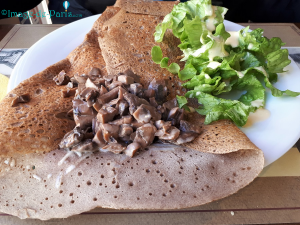 February 2nd is the day when the word "crêpe", or pancake, will be echoed everywhere. Hostesses who want to personally prepare pancakes with their own effort have all the necessary ingredients long prepared at home. Schoolchildren on that day will undoubtedly have pancakes for lunch, probably for dinner at home too, and likely, no one will protest. In Slovakia, this day is mainly associated with Candlemas candles and the Christian feast of Candlemas. Exactly 40 days after Christmas, Christians commemorate the presentation of the baby Jesus in the temple, known as the Presentation of the Lord.
February 2nd is the day when the word "crêpe", or pancake, will be echoed everywhere. Hostesses who want to personally prepare pancakes with their own effort have all the necessary ingredients long prepared at home. Schoolchildren on that day will undoubtedly have pancakes for lunch, probably for dinner at home too, and likely, no one will protest. In Slovakia, this day is mainly associated with Candlemas candles and the Christian feast of Candlemas. Exactly 40 days after Christmas, Christians commemorate the presentation of the baby Jesus in the temple, known as the Presentation of the Lord.
The name of the festival "La Chandeleur" is derived from the Latin word "candela", meaning candle in French. The ancient Slavs also liked fire. They lit candles and placed them in windows to protect themselves from lightning. Our Candlemas was dedicated to the old Slavic god of thunder, which is the origin of the name of Candlemas candles.
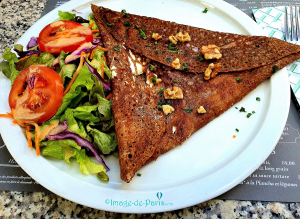 Originally a pagan celebration, it began to be celebrated as a Christian one in the 5th century when Pope Gelasius I decided to commemorate the Presentation of the Lord with a candlelit procession. People throughout Rome then went into the streets with lit candles. It is rumored that as a thank you to tired pilgrims who came to Rome, the Pope distributed pancakes. Another version mentions that Chandeleur is a period when the days start to noticeably lengthen, and with round and golden pancakes, we commemorate the sun. Farmers allegedly made pancakes on Candlemas to ensure a bountiful harvest of grain for the next year. This is evidenced by the proverb: "Si point ne veut de blé charbonneux, mange des crêpes à la Chandeleur". If you don't want charred wheat, eat pancakes at Candlemas. Therefore, whoever didn't make pancakes on Candlemas can expect a poor grain harvest for the next year.
Originally a pagan celebration, it began to be celebrated as a Christian one in the 5th century when Pope Gelasius I decided to commemorate the Presentation of the Lord with a candlelit procession. People throughout Rome then went into the streets with lit candles. It is rumored that as a thank you to tired pilgrims who came to Rome, the Pope distributed pancakes. Another version mentions that Chandeleur is a period when the days start to noticeably lengthen, and with round and golden pancakes, we commemorate the sun. Farmers allegedly made pancakes on Candlemas to ensure a bountiful harvest of grain for the next year. This is evidenced by the proverb: "Si point ne veut de blé charbonneux, mange des crêpes à la Chandeleur". If you don't want charred wheat, eat pancakes at Candlemas. Therefore, whoever didn't make pancakes on Candlemas can expect a poor grain harvest for the next year.
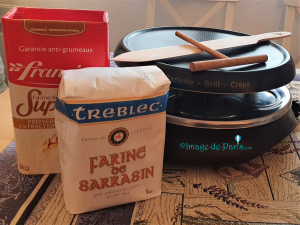 We will certainly be flipping pancakes on the skillet here, not just for one day. If you want to try something new and typically French, I recommend a pancake called "Suzette". It's a sweet pancake flambéed with Grand Marnier liqueur with an orange flavor. I like it when the waiter ignites the pancake right before my eyes. However, due to the current situation, I'll be making pancakes mainly at home this year. In France, flipping pancakes is associated with another interesting tradition. How to do it? When preparing pancakes, you need to toss the first pancake into the air with your right hand while holding a gold coin in the other hand. If the pancake flips back into the pan correctly, the family will not lack money throughout the year. So, I wish you a lot of luck and skill in preparing them so that money definitely won't be missing for you.
We will certainly be flipping pancakes on the skillet here, not just for one day. If you want to try something new and typically French, I recommend a pancake called "Suzette". It's a sweet pancake flambéed with Grand Marnier liqueur with an orange flavor. I like it when the waiter ignites the pancake right before my eyes. However, due to the current situation, I'll be making pancakes mainly at home this year. In France, flipping pancakes is associated with another interesting tradition. How to do it? When preparing pancakes, you need to toss the first pancake into the air with your right hand while holding a gold coin in the other hand. If the pancake flips back into the pan correctly, the family will not lack money throughout the year. So, I wish you a lot of luck and skill in preparing them so that money definitely won't be missing for you.
Viera Ďurčaťová
Preview of picture in folder Eat with your eyes
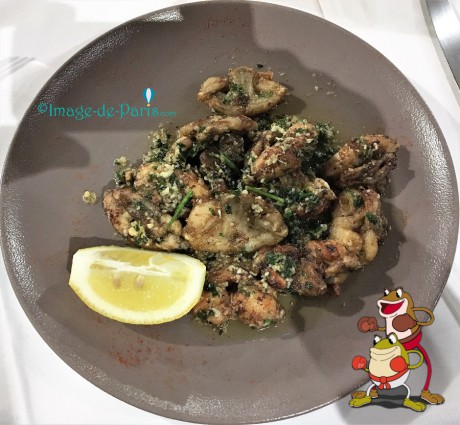
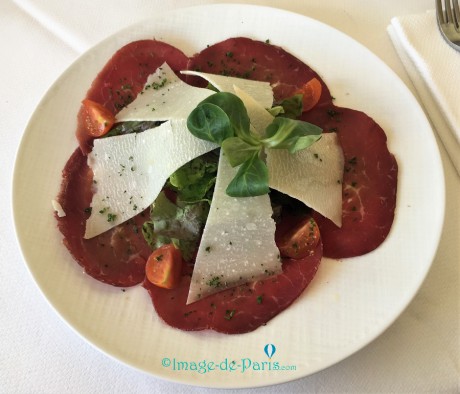



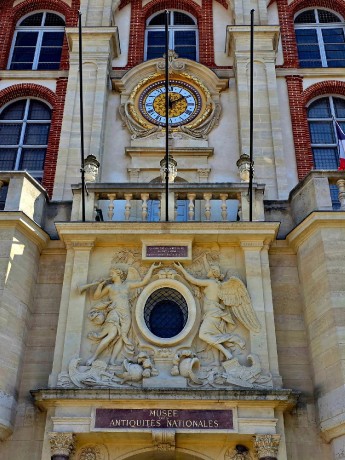
MartinJag - The Key Factors You Should Ponder Employing the Counsel Skilled in Disability Law